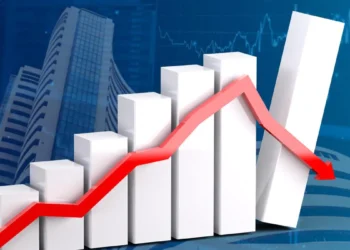The exchange rate between the naira and dollar at the parallel market touched a 4-year low during the week after it fell to N505/$1.
The gap between the official and black-market rates has widened in recent weeks as speculative forces, demand from importers and savers, have pushed the local currency closer to obscurity.
This is despite several intervention policies introduced by the central bank to bridge the gap between the official and parallel market rates. In March, the apex bank introduced the Naira4Dollar scheme which it has now extended indefinitely, paying N5 for every dollar of remittances received via officially designated channels. The apex bank also adopted the FMDQOTC Nafex window as its official exchange rate, ditching a term policy of maintaining an exchange rate that had no bearing with reality. Despite these moves, things have deteriorated.
The first is if oil prices continue to rise and Nigeria’s quote of crude oil sales is sustained or better still, if the OPEC cuts are lifted. This will mean more oil revenue for Nigeria, boosting confidence in the economy for both domestic and foreign investors. Oil prices have been on a rise in recent weeks blowing past $70 for the first time in over two years. Some oil and gas analysts suggest it could hit $100 by next year.









